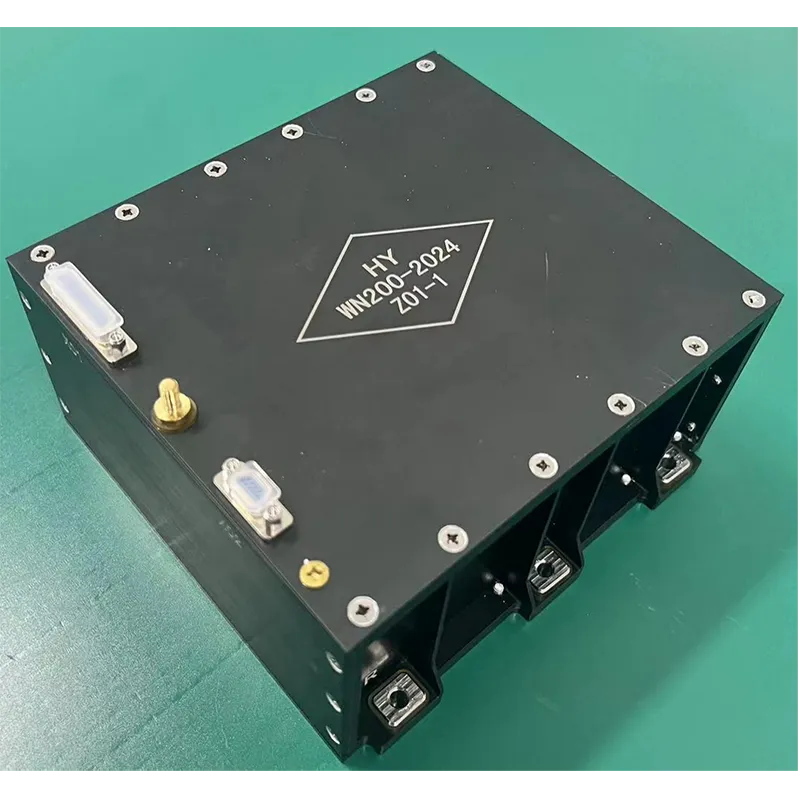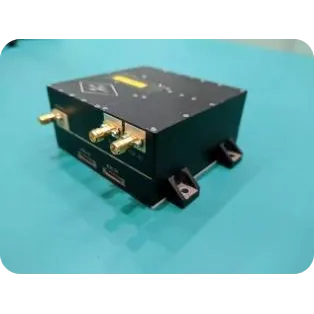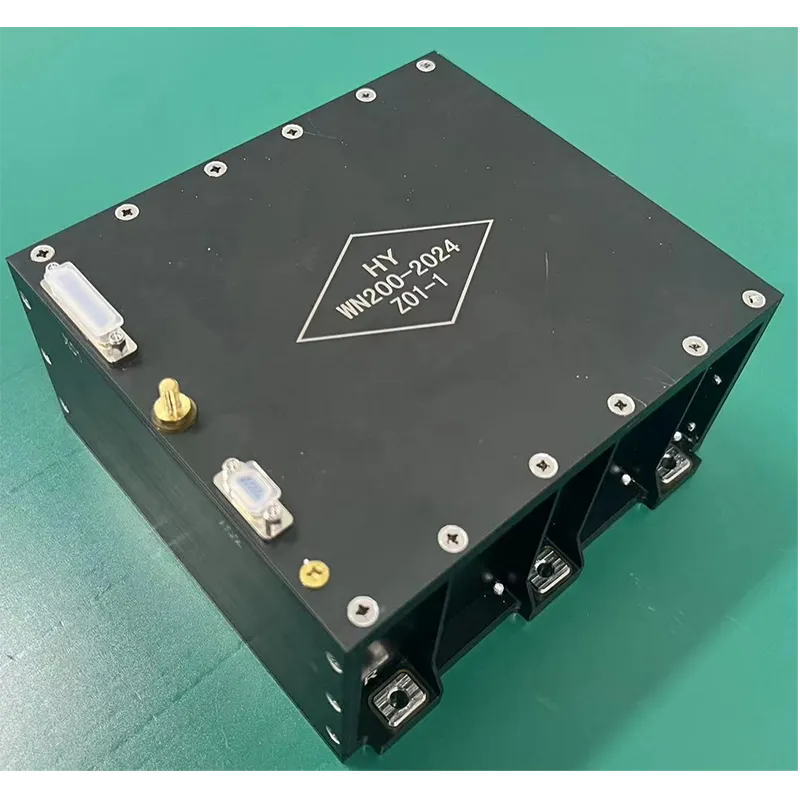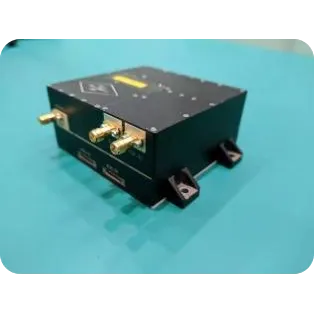
- Afrikaans
- Albanian
- Amharic
- Arabic
- Armenian
- Azerbaijani
- Basque
- Belarusian
- Bengali
- Bosnian
- Bulgarian
- Catalan
- Cebuano
- China
- Corsican
- Croatian
- Czech
- Danish
- Dutch
- English
- Esperanto
- Estonian
- Finnish
- French
- Frisian
- Galician
- Georgian
- German
- Greek
- Gujarati
- Haitian Creole
- hausa
- hawaiian
- Hebrew
- Hindi
- Miao
- Hungarian
- Icelandic
- igbo
- Indonesian
- irish
- Italian
- Japanese
- Javanese
- Kannada
- kazakh
- Khmer
- Rwandese
- Korean
- Kurdish
- Kyrgyz
- Lao
- Latin
- Latvian
- Lithuanian
- Luxembourgish
- Macedonian
- Malgashi
- Malay
- Malayalam
- Maltese
- Maori
- Marathi
- Mongolian
- Myanmar
- Nepali
- Norwegian
- Norwegian
- Occitan
- Pashto
- Persian
- Polish
- Portuguese
- Punjabi
- Romanian
- Russian
- Samoan
- Scottish Gaelic
- Serbian
- Sesotho
- Shona
- Sindhi
- Sinhala
- Slovak
- Slovenian
- Somali
- Spanish
- Sundanese
- Swahili
- Swedish
- Tagalog
- Tajik
- Tamil
- Tatar
- Telugu
- Thai
- Turkish
- Turkmen
- Ukrainian
- Urdu
- Uighur
- Uzbek
- Vietnamese
- Welsh
- Bantu
- Yiddish
- Yoruba
- Zulu
Enhancing Industrial Precision with Advanced Optical Measuring Instruments
In the realm of modern manufacturing and scientific research, the demand for precise measurement tools has never been greater. Optical measuring instruments like the optical profilometer, optical emission spectrometer, and optical particle counter have become cornerstones of quality assurance, material characterization, and environmental monitoring. These non-contact, highly sensitive tools provide unparalleled data accuracy that supports innovation and efficiency.
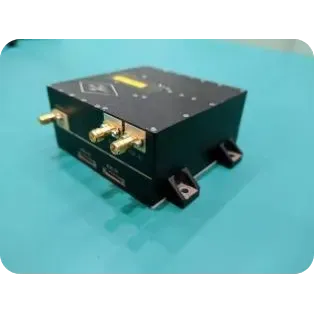
Non-Destructive Surface Characterization with Optical Profilometers
The optical profilometer has transformed surface metrology by offering a rapid, non-invasive way to measure surface texture and roughness. Unlike traditional contact-based devices, it employs light-based techniques—such as white light interferometry or confocal microscopy—to create detailed 3D maps of a material’s surface.
Especially in fields like semiconductor manufacturing, optics, and biomedical device fabrication, the 3d optical profilometer helps detect surface irregularities, micro-scratches, and coating thickness variations with nanometer-level precision. These insights enable manufacturers to optimize production processes and improve product reliability.
Material Analysis Through Optical Spectroscopy
Complementing surface analysis, optical spectrometers and optical emission spectrometers delve into the chemical and elemental makeup of materials. By examining the light emitted or absorbed by a sample, these instruments provide critical data on composition and purity.
This analytical capability is essential in industries ranging from metallurgy and pharmaceuticals to environmental science, where precise material identification ensures regulatory compliance and product safety. Advances in detector sensitivity and spectral resolution continue to expand their applicability.
Particle Measurement for Cleanliness and Safety
Monitoring particle contamination is crucial in many industrial and environmental settings. The optical particle counter and optical particle sizer detect and size airborne or liquid particles by measuring light scattering patterns. These measurements are vital in maintaining cleanroom standards, controlling air quality, and validating filtration systems.
These instruments support health and safety initiatives by providing real-time data on particulate matter, aiding in pollution control, and ensuring compliance with strict cleanliness standards in pharmaceutical and food production.
Precision Surface Roughness Testing
The optical surface roughness tester offers manufacturers a powerful tool to quantify micro-scale surface deviations that affect performance and aesthetics. Using advanced optical methods, it measures surface roughness parameters without damaging the sample, making it suitable for delicate or high-value components.
Combined with the optical surface profilometer, these instruments provide comprehensive surface data that inform quality control, product development, and failure analysis across automotive, aerospace, and electronics sectors.
Integration and Future Trends in Optical Measurement Technology
As industries demand higher throughput and automation, optical measuring instruments increasingly integrate with digital data systems, AI-driven analysis, and cloud platforms. Portable devices, such as handheld optical profilometers and optical particle counters, are expanding field measurement capabilities, facilitating rapid on-site inspections.
Moreover, continued improvements in resolution, speed, and user-friendliness are making these tools more accessible to a broader range of applications, supporting smarter manufacturing and environmental stewardship.
In summary, the evolution of optical measuring instruments like the optical profilometer, optical emission spectrometer, and optical particle sizer is crucial to advancing precision measurement and quality control. Their ability to deliver accurate, non-destructive data drives progress across multiple industries, ensuring safety, efficiency, and innovation.






